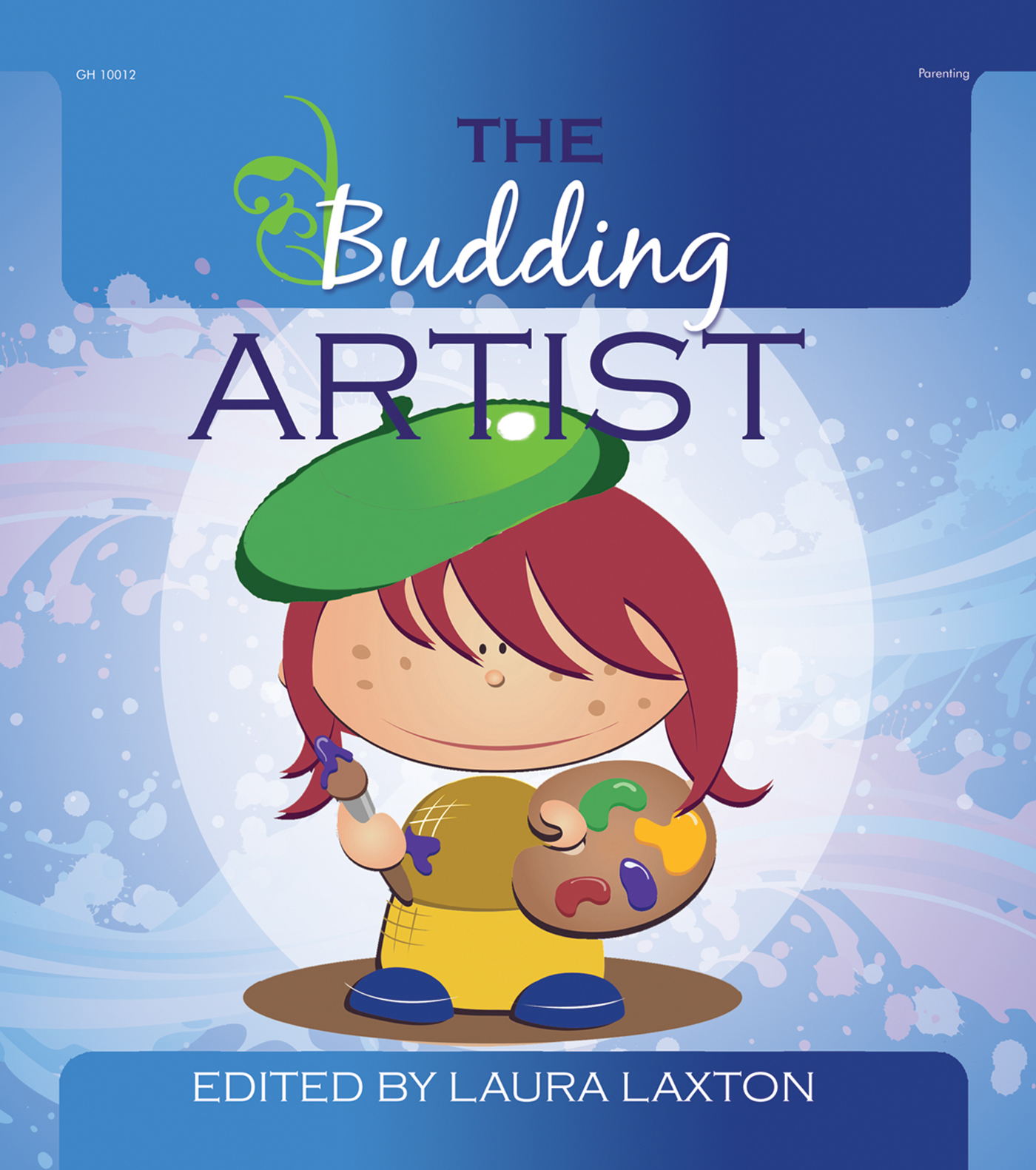Looking for easy, cute DIY projects that you can actually use? Check out The Budding Artist! Use this activity with children to make your own wrapping paper that friends and family are sure to love!
Made-It-Myself Wrapping Paper
What You'll Need:
- Large sheets of white butcher paper
- Liquid tempera paint, a variety of colors
- Plastic cookie cutters in various shapes
- Styrofoam meat trays
- Tape
What to Do:
- Pour just enough tempera paint in each tray to cover the bottom with a thin layer.
- Select the cookie cutters that you like, and put one in each tray.
- Get a piece of butcher paper. Print designs on the paper by dipping the cookie cutters in the paint and pressing them down on the paper. (You might want to print with the cookie cutter several times before returning it to the tray; otherwise, the prints could get blotchy and might smear.)
- Try printing with different cookie cutters and paint colors. You can arrange the prints in a pattern or opt for a random design.
- Repeat the process with more sheets of butcher paper. As you finish each sheet, move it to a safe location to dry.
- When the wrapping papers have dried completely, voila! You have wrapping paper for birthdays, holidays, and any other occasion.
Books to Pair With This Activity:
The Elves and the Shoemaker by Paul Galdone
Harvey Slumfenburger's Christmas Present by John Burningham
Marvin's Best Christmas Present Ever by Katherine Paterson
Instructions
Draw or download and print the outline of a tiger on a sheet of paper.
Prepare one paper for every child. (Encourage those children who are able to
create their own.)
What to Do
1. Talk about animals having spots and stripes and other patterns on their bodies.
2. Distribute the papers. Let the children paint the tiger with yellow ochre,
leaving the belly area white. Wait until the paint dries.
3. Encourage the children to dip their index finger in the black acrylic paint and
drag it along the body of the tiger to create stripes.
4. The same exercise can be repeated for spotted animals like leopards and
spotted deer. The children can dip their fingers in paint and tap it on the
paper to make spots.
5. At snack time, let the children eat a striped sandwich by squirting ketchup
across the sandwich.
6. Challenge the children to look at one another and identify who is wearing
clothes with stripes and spots on them.
Assessment
Consider the following:
* Show pictures of assorted animals to the children and ask them to pick out
animals with spots.
* Are the children able to use their fingers to make stripes?
